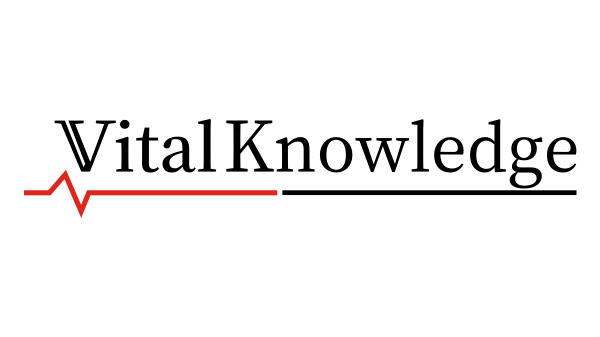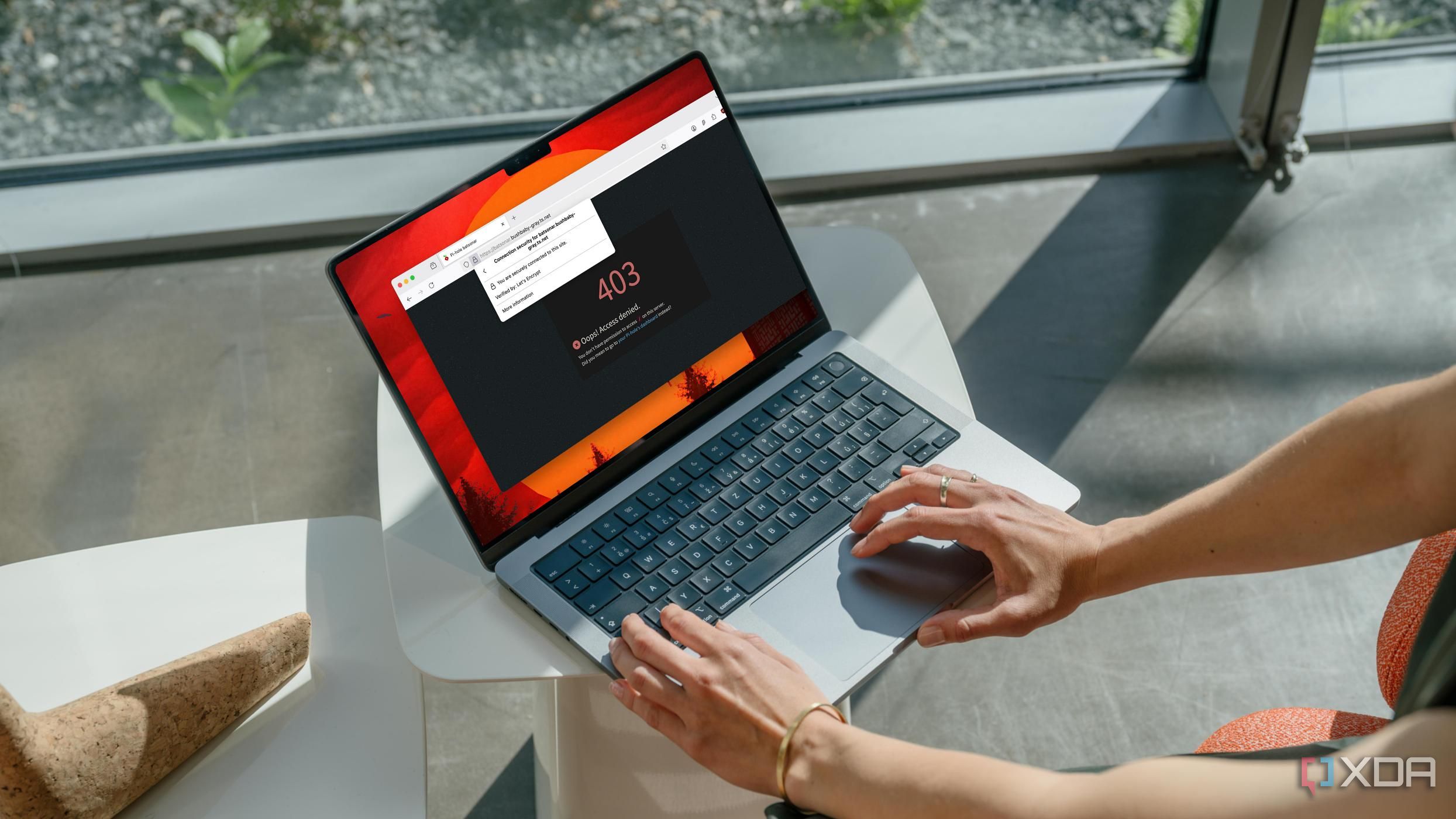URGENT UPDATE: Tech enthusiasts are buzzing over the recent shift from Tailscale to Headscale, prompting users to reconsider their networking solutions. As more individuals explore self-hosting services, the implications of this transition are critical for those seeking reliable network access.
Headscale, an open-source alternative to Tailscale, provides a self-hostable version of the control plane, allowing users to manage their own tailnet. However, users are cautioned that this move may not be advisable for everyone due to its limitations.
Why This Matters RIGHT NOW: The decision to switch networks could impact how users navigate connectivity, especially during outages. With cloud reliance growing, having a self-hosted option is appealing, but Headscale comes with challenges that may deter many users.
Developed for a narrow scope, Headscale supports basic functionalities but lacks advanced features like dynamic ACLs, Funnel, and Serve. These shortcomings could significantly affect home lab enthusiasts who rely on Tailscale’s full capabilities.
Another major hurdle is the requirement for a dedicated IPv4 or IPv6 address from ISPs. The widespread use of CGNAT leaves many users unable to meet this demand, potentially compromising the security and accessibility that Tailscale offers.
Contextual Insight: Tailscale is known for its ease of use and robust security features, but it comes with a caveat: the company hosts the control plane. If Tailscale alters its policies or experiences financial instability, users could lose access. This has led to the search for alternatives like Headscale, which enables self-hosting but introduces new complexities.
Users transitioning to Headscale may find the management via CLI cumbersome, though GUI alternatives like Headplane exist to simplify the experience. However, connecting to Headscale can be frustrating as the control plane URL setting is hidden behind a debug menu. This presents challenges for less technical users who need straightforward access.
What’s Next: For those considering self-hosting, it is crucial to weigh the benefits of Headscale against its limitations. The lack of a migration tool to transfer existing tailnets means users must manually reconfigure their devices, adding to the complexity.
As the tech landscape evolves, this shift prompts a broader discussion on self-hosting versus cloud reliance, emphasizing the need for users to stay informed and assess their unique networking needs.
For many, Tailscale remains the simpler and more reliable option, especially for those who prioritize ease of use and stability. As the conversation continues, users must make informed decisions to ensure their networking solutions align with their requirements.








































































